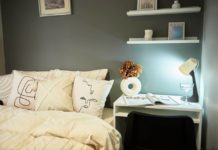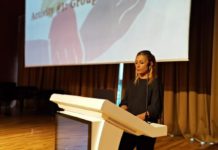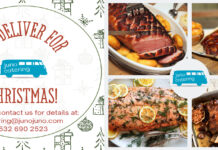Arriving to your professional destination can often be a complicated process, with plenty of options and external pressures influencing one’s journey. The satisfaction of knowing you’ve arrived there, and being able to dedicate one’s time and passion into a craft, is fortunately a feeling quite familiar to inclusive product designer Remzi Anil Cireli. Having spent fifteen years abroad in the United States, pursuing various fields in the process, it ultimately seemed destined that design would come to define his professional scope. With a clear dedication to the essentials of his sector, Anil exhibits a genuine appreciation for the process of product design, understanding and emphasizing the importance of the research stages and subsequent testing that eventually comes to embody the inclusivity he aims for in every project he takes on. With experience in both corporate and freelance work, Anil maintains a principled ethos that influences all aspects of his work and lends itself to the foundation of his creative process. As he now considers stepping away from the freelance to a full-time position, it’s evident that his commitment to the ideology behind his process will remain unwavering, and we look forward to whatever may come next.
We took some time to speak with Anil on the importance of finding your true calling, the challenges of adapting to new environments, the freedom and intricacies of research and testing in the field of design, the processes and challenges therein, and what to look forward to next with this committed designer.
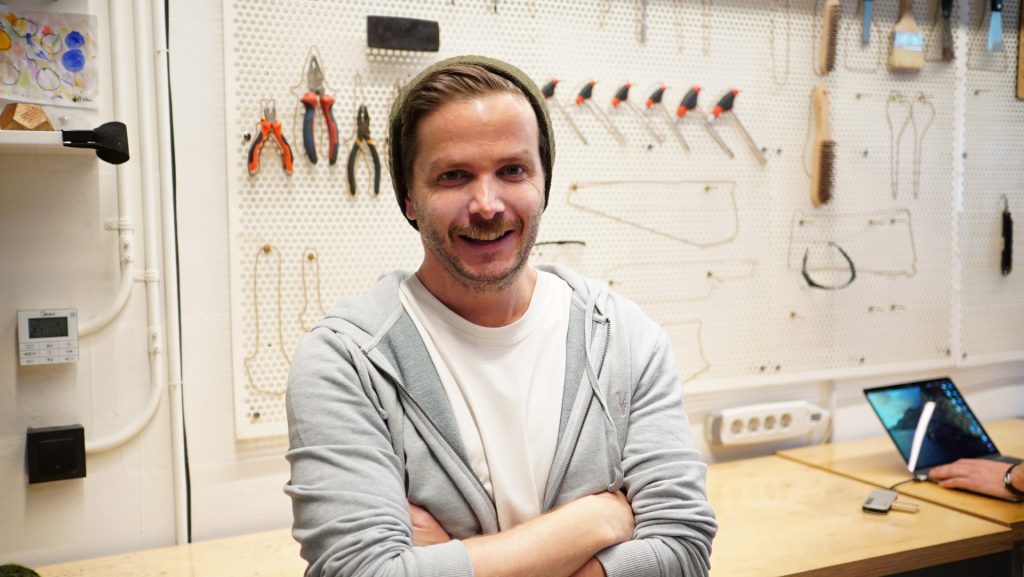
Could you tell us a little bit about yourself?
I was born and raised in Istanbul. I come from a highly educated family, as most of my family members are doctors. However, I have always been interested in electronics since an early age. I remember the 8-bit skiing game that came with Windows when our first PC arrived into our home.
When I was 17 years old, my father decided to send me to the US to finish high school. I studied at Northfield Mount Hermon for two years and received my high school diploma there in Massachusetts. After that, I attended George Washington University studying for a Bachelor’s in Computer Science. Though I was into human-computer interaction, I was never really a coder. My grades dropped and I ended up getting my diploma in Business Administration from Strayer University in Washington, DC.
Since my father is the anesthesiologist at the American Hospital in Nişantaşı, he thought getting a Master’s in Hospital Management would be a good choice and we agreed that I would move to Houston as it is the heart of the health industry in the US.
That ended up not working out and I moved to San Francisco in 2010, as I had found Academy of Art which did not require a Bachelor’s in a design field, and I got my Web Design & New Media Master’s degree (which focused on UX) from there, finishing the program at the end of 2014.
I moved back to Istanbul after 15 years of staying in the US. The first year back here was hard as I could not adapt to pretty much anything. At the beginning of 2016, I got my first job at Modacruz as a UX designer — they made me a unicorn designer! My job-change ratio is probably at the highest level there as I have worked in six different companies in four years.
I am a freelancer now, but want to give it a one more shot in a company I believe in, in Istanbul. Waiting to hear from them very soon.
With experience in fields like coding and business administration, what was it that eventually led you to design, particularly UX? Is there a particular area you are specialized in?
I was always interested in typography, and that got me into designing layouts. I used to carve 3D words with shadows on my desks in high school. Typography then turned into calligraphy. Although I never took a course on calligraphy, I like to see people’s handwriting. However, my family kind of pushed me out of it at first. Nobody knew that design would be the next best job before the release of iPhone in 2007, so they were kind of right, but with my passion for simple and good design I had convinced them I should do a Master’s in a design field after things did not work out in hospital management.
I started a second bachelor’s in Graphic Design in Houston and then when I moved to San Francisco, Academy of Art offered me to switch to Web Design & New Media, a program which focused on UX.
I like to focus on the qualitative research part of the research process, creating the information architecture with potential users of an app, do ideation sessions with both the stakeholders and users so that we can all agree on a point and move on. I like to focus on the cognitive process of the human brain when people interact with their devices, as I believe that the future is not bright. With AI coming up as the next big thing, aren’t we all going to lose the human touch? Do we really need AI? Why can’t we focus on just making our designs more usable, instead of investing in something totally new which can potentially erase human connections all together? Is it really the right thing to move on to AI without fully understanding the human mind at first? I don’t think so! I hate to see the Z-generation not talking to each other face to face. I want to solve that somehow. While I have some ideas for how to do that, it requires patience and time. And who knows what the future will bring?
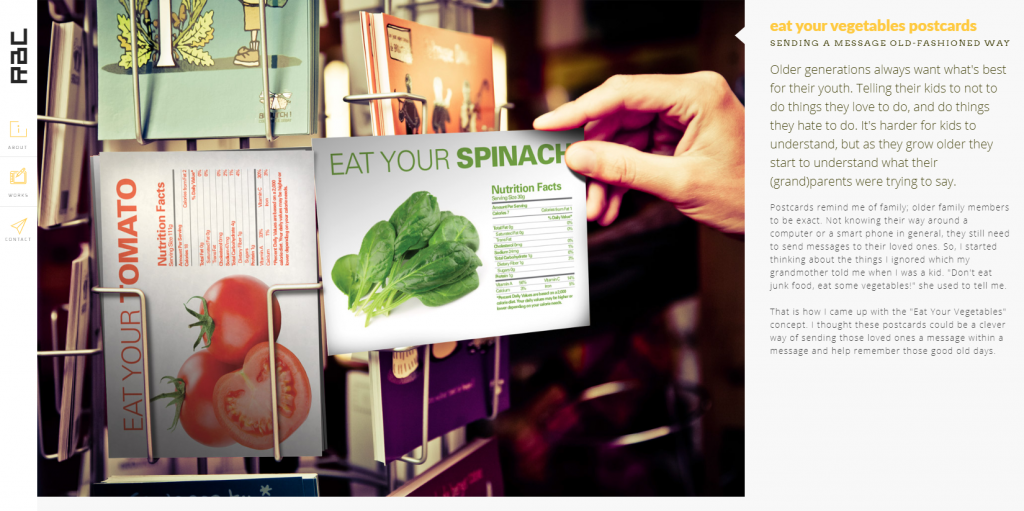
Why the transition to freelance work and what has your experience been like thus far?
I transitioned to freelance work, because I do not like people telling me how to do my job, especially those at the C-level. Of course, I am open to suggestions, but when they command me to do something in a way they want, I lose my focus and my passion for design. C-levels usually don’t have the time and patience for research and testing, all they want is new features which are already there on the competitors’ app. I don’t want to be commanded any more to be honest.
Another reason is that I wanted to focus on my website so that I could work with a better company who values design, and understands that it takes time to come up with a great product. I know my great product will not be perfect but I do need time to get their product up there on the highest scale. I believe that I do have an eye for design, but in the end we have to design together.
What is a typical professional process like for you?
I like to understand the business stakeholders first. What do they want and what do they need? Why do they need it? If it’s just because a competitor have it, they may lose me from the start.
So, I like to listen to them first, and understand their point of view. From the stakeholders, I like to get whatever they can give me about their current and potential users so that I can find people to interview. I also ask for some general key metrics at the start to measure what my impact will be at the end of my time on a specific project.
From what I have seen so far, stakeholders have a bunch of ideas but they do not know how to build a product. Therefore I like to do an ideation session with them to come up with their products’ product vision. What is the core functionality of this app? What is the MVP going to be?
Once I find the potential users, personas, I interview them to understand everything that needs to be understood on a regular UX persona card. Frustrations, needs, wants, usage of device, but most importantly their stories.
If I can, I like to do workshops with them. While this is not always possible, I believe it is crucial for the information architecture of a product. It needs to be created with the potential users so that we can agree on where to find what.
After this point, it turns into a regular UX job description: draw wireframes, create flows, create the UI components, etc. Whenever there is a new task flow, I like to test it with some people to see if my solution is on point at the wireframing stage. If it’s not, back to the drawing board.
Do you have a particular project that you’ve worked on that has been especially meaningful or stood out to you?
I do, but I do not want to talk about it until I redesign it. All I can say is that it was a need for me in my years in the United States, and I wanted to connect with people through playing sports that include a ball (tennis, basketball, football, etc.). It is on my website, called OnSide, however I am planning on redesigning it from scratch at some point in the future.
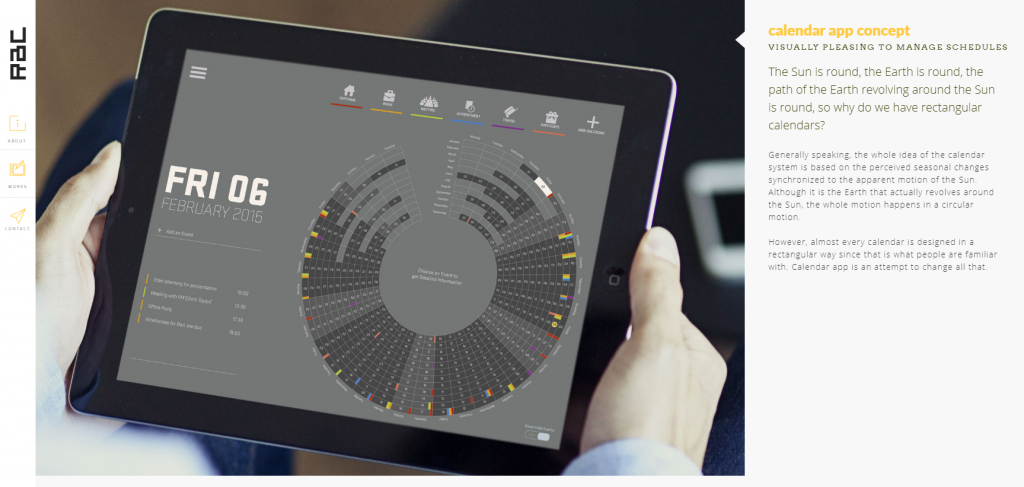
How does ATÖLYE fit in?
I wanted to join ATÖLYE to meet new people and work together on projects. I believed it would open new doors to new job opportunities, as it did. I will bring on the news on those later.
I met some great people here, and it also led me to work with Saruhan who started teaching Ableton to me (music production is another passion for me), though unfortunately I had to stop those teaching sessions as I have to focus on design first. We’ll continue later on.
Any places in Istanbul you’d like to recommend for foreigners to check out?
This is the hardest question, I don’t know where to start. The terrace of Adahan Hotel in Şişhane is a great place with cozy atmosphere to get some drinks before a dinner as it has great sunsets. Their food is not that great though.
Foreigners will be told to go to Eminönü anyway. While they are there, I would recommend to eat cağ kebabı at Şehzade. Additionally, while Kavacık may not be an appropriate place to go and see, if you want to eat the best döner, try Bayramoğlu.
If you want to do some outdoor walking, you can always go and get lost in Belgrad Ormanları. I have been doing that for the last two weeks and it helped me focus on my work.
To keep up with Anil and his work, follow his official website.
ATÖLYE Spotlight is our series on the inspiring community members of Istanbul’s most creative space.




